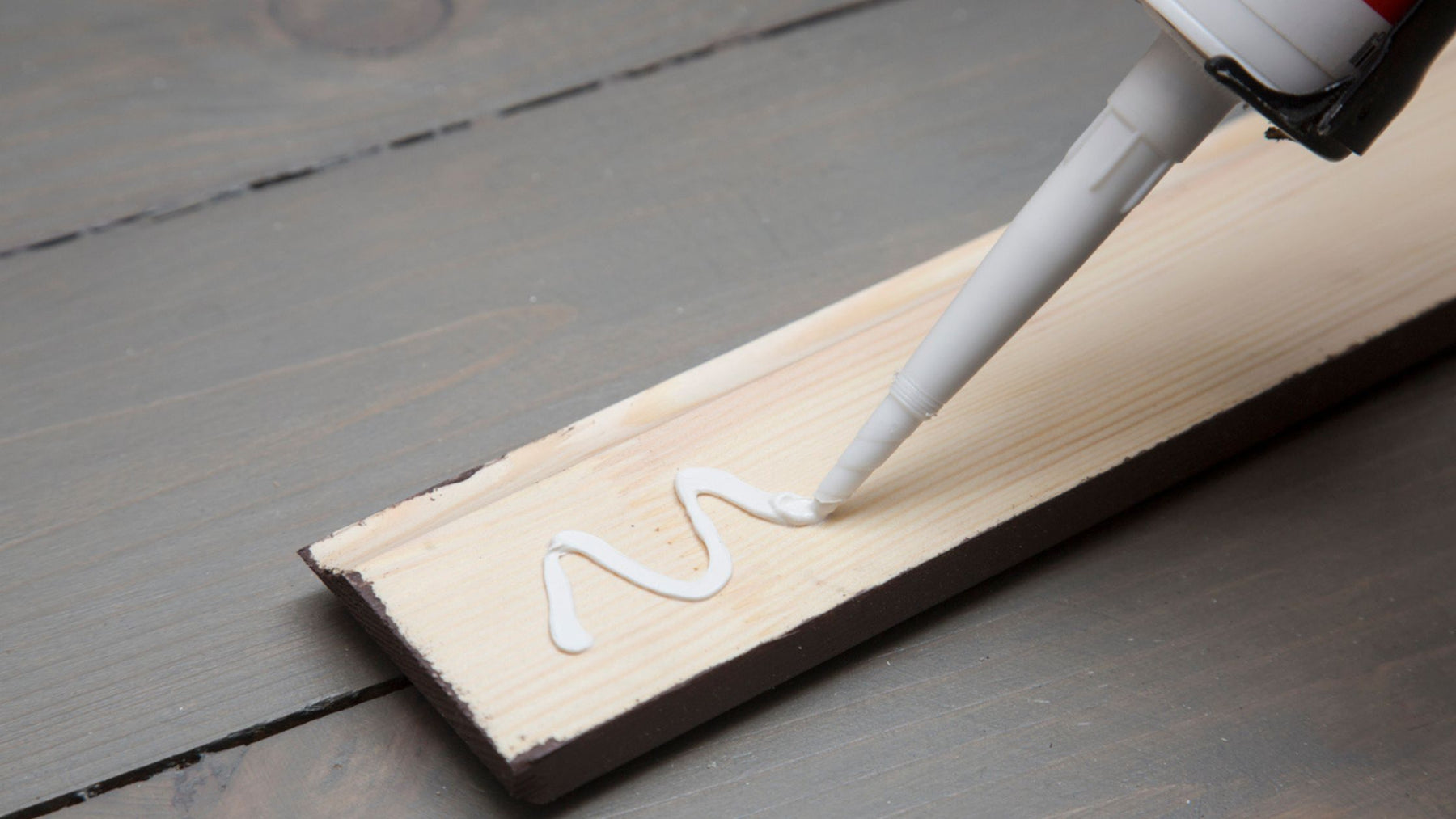
Can You Just Glue Skirting Boards
People often say, "The details aren't just details; they make the design." Nothing highlights this better than the humble skirting board. It’s the unsung hero of interior design, often overlooked in favour of more prominent home improvements. Yet, its role in enhancing both the aesthetic and functional aspects of your living space is undeniable. So, let’s dive into everything you need to know about skirting boards and the art of glueing them for a flawless finish.
What Are Skirting Boards?
Skirting boards, also called baseboards, form a simple yet vital element in any room. They connect your floors to the walls, hiding uneven edges, concealing wires, and offering protection from scuffs and knocks. Whether you prefer a traditional wooden moulding or a sleek MDF Skirting option, your choice should align with your home’s style and your personal taste.
But why glue them instead of nailing or screwing them into place? The answer lies in the subtle art of achieving a seamless, clean look. Glueing ensures there are no visible nail heads or screw holes, which can make all the difference in creating a polished, professional finish. Plus, it adds durability, keeping your skirting boards firmly in place without damaging your walls.
How to Glue Skirting Boards: A Step-by-Step Guide
The key to a successful skirting installation starts with precise measurements. Make sure your boards are cut to the perfect size before you begin. Once you have the right fit, clean the back of the boards thoroughly and lightly sand them for better adhesive bonding.
Choosing the correct adhesive is crucial. You’ll want one that’s strong, resilient, and suitable for the material of your skirting boards. Apply the adhesive evenly along the back of the board and press it firmly against the wall. Simple, right? But don't rush this step—take your time to make sure everything is aligned perfectly.
Benefits of Glueing Skirting Boards
Why glue? Well, for starters, glueing provides a flawless finish, free from the blemishes left by nails or screws. It’s also quicker and easier to install, and it reduces the risk of damaging your walls. This method offers durability and a clean, polished look that’s hard to beat. For anyone aiming for a streamlined interior design, glueing is the way to go.
Potential Downsides of Glueing Skirting Boards
Of course, like with anything, glueing does have its drawbacks. For one, once the skirting boards are glued down, making adjustments or removing them later can be a challenge. There’s also the possibility that, over time, the adhesive could fail, leaving you with loose or wobbly boards. And let’s not forget that handling large boards can be tricky—getting everything perfectly aligned takes a fair amount of patience and precision.
Choosing the Right Adhesive for Skirting Boards
Not all adhesives are created equal, so when choosing the best one for your skirting boards, consider a few factors. First, think about the type of material your boards are made from—wood, MDF, or PVC. You’ll also need to look at the bonding strength of the adhesive, any health or environmental considerations, the price, and how easy it is to apply. Don’t just grab the first one you see—take your time to pick the right product for the job.
To make the decision easier for our customers we sell Evo-Stik here which provides an excellent adhesion to a variety of materials!
Expert Tips for Glueing Skirting Boards
Before you jump into your DIY project, make sure you’ve prepped your working area. Cover the floor to protect it from drips or spills, and ensure the walls and skirting boards are clean and in good condition. If your walls aren’t perfectly straight (and let's face it, many aren't), use a little extra adhesive or strategically place the boards to ensure they sit flush. And most importantly, let the adhesive dry properly before moving or touching the skirting boards. Patience is key to achieving a professional result!
Frequently Asked Questions About Glueing Skirting Boards
Should I paint the skirting boards before or after glueing?
Most professionals recommend painting before installation. This prevents paint from seeping onto your walls and makes for a cleaner finish.
Can I glue skirting boards onto wallpaper?
Yes, but it can be tricky. The adhesive needs adequate drying time, and you’ll need to be careful during the application to ensure the skirting board bonds securely to the wall.
How do I remove glued skirting boards?
Removing glued boards requires a delicate touch to avoid damaging the wall. Start by cutting through the paint along the top and bottom of the skirting board, then carefully work the board loose. Patience is essential here!
Final Thoughts
Glueing skirting boards might seem like a small detail, but it’s a task that can have a big impact on the overall look of your home. It’s all about precision, patience, and choosing the right materials. Done correctly, it can transform your rooms, adding a touch of elegance and a seamless finish that will make all the difference.
So, whether you’re tackling the job yourself or bringing in the pros, remember that beauty lies in the details. A perfectly glued skirting board can be the finishing touch that pulls your whole room together—just the right blend of function and finesse. Ready to give your space the upgrade it deserves? Let’s get started!



